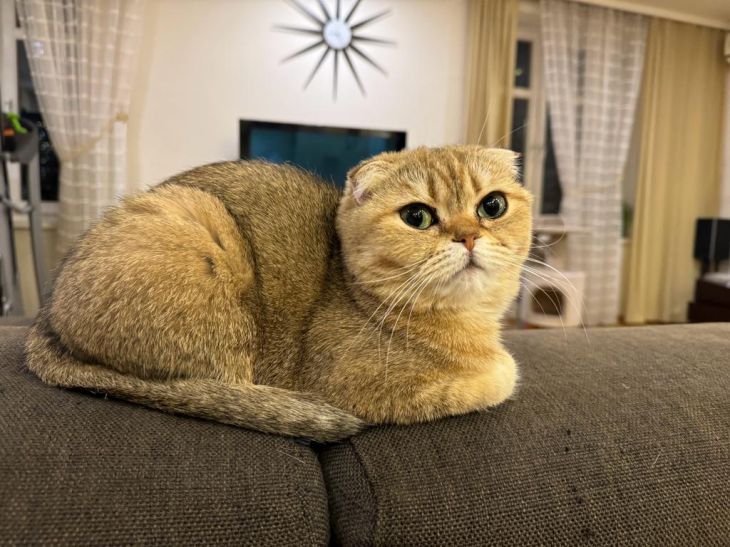Why does a cat scratch walls?
Cats and their behavior have always been a subject of curiosity and sometimes bewilderment for many owners.
Scratching walls is one of the most common, yet often misunderstood, habits of our feline friends. This behavior can be related to marking territory, grooming, or even stress.
We'll try to unravel the mysteries of cat behavior by exploring the reasons why cats scratch walls and what we, as owners, can do to help them and protect our home.
Like
Some cats scratch walls because they enjoy it and because it helps them release pent-up energy.
If your cat finds itself next to a wall or has nothing else to scratch, it may use the wall as a scratching post.

Territorial behavior
Another reason why a cat may scratch walls is the desire to mark its territory.
When a pet scratches a wall, it leaves not only its scent, but also marks that let other cats and animals know that it was there and can return at any time.
Boring
If a cat gets bored, it may start scratching the wall with its claws. Cats don't understand that what they are doing is damaging the home.
The pet lacks stimulation, so he needs to do something to get rid of boredom and accumulated energy.
Grooming his claws
Cats love to groom their claws to keep them comfortable and healthy. When they scratch something with their claws, the outer layer wears off and falls out, making room for stronger, healthier ones.
Your pet's nails will appear cracked or jagged at the ends after scratching the walls. Over time, the layers will come off and the nails will look healthy again. This behavior is common in cats whose nails are not trimmed regularly.
Relieves stress
Cats can experience stress just like humans. It can be caused by things like moving, getting used to a new pet, and spending time alone. When stressed, many cats will look for ways to relieve it, and one way is to scratch the walls, as they are easy to reach.
Hunts for pests
Most cats love to hunt and if they hear pests, they will try to get to them by any means possible, even if it means scratching the walls. They don't realize that no matter how much they scratch, they won't get through the wall.
Copes with his emotions
When a cat feels happy, sad, or excited, it may direct that energy toward scratching walls to express its emotions.
This may be accompanied by purring when she is happy and content, or meowing if the pet feels disappointed or sad.
How to Stop a Cat from Scratching Walls
Put out lots of scratching posts
Place lots of scratching posts so your cat scratches them instead of the walls. Try to place at least one scratching post in each room your cat likes to spend time in.
Choose from different shapes, sizes and textures for variety and to reduce boredom.
Buy a variety of toys
Make sure your cat has several different types of toys to play with. This will help them get the mental stimulation they need to stay healthy and happy.
Rotate toys a few times a month to keep your cat interested.
Pay more attention to her
Spend time with your cat so that it doesn’t feel too lonely and misbehave. Try to give your pet at least 15 minutes a day, hugging, playing and “talking” to it.
If you spend little time at home, consider getting another cat. Cats will keep each other company when humans are not around to give them attention.
Try to avoid repetitive behavior
If your cat is constantly scratching the same areas of the walls, try placing furniture, plants, or even pictures in front of those areas to make it difficult for her to reach.
If this doesn't work, consider attaching carpet or cardboard to these areas to protect the walls.
Earlier we talked about how to protect your cat from falling out of a window .
